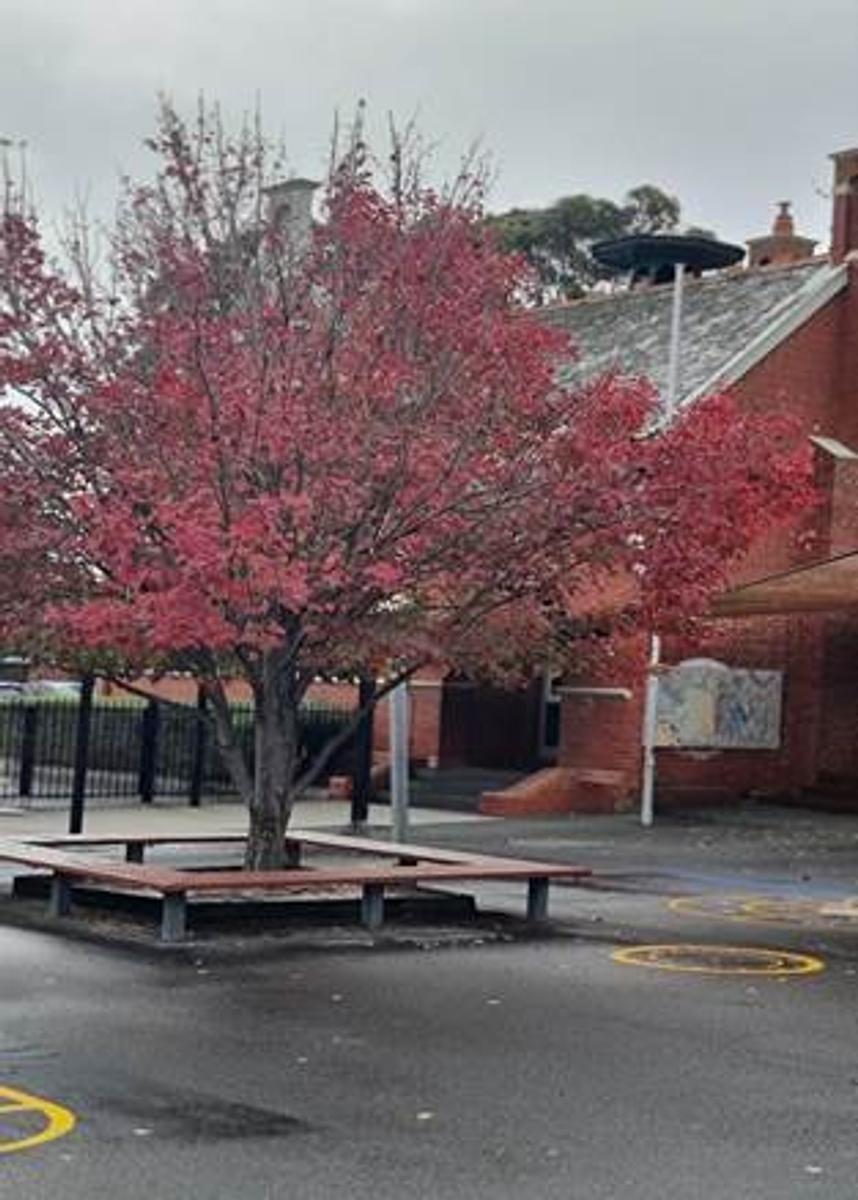Year 1/2 News
Hourig, Dilan and Naomi

Year 1/2 News
Hourig, Dilan and Naomi
Welcome back to Term 2! We hope you had a relaxing and enjoyable break and are ready for another term filled with exciting learning opportunities. It has been wonderful to see the students return with bright smiles, ready to reconnect with friends and dive into new challenges.
This term, our focus is on continuing to build strong learning habits and encouraging students to stretch their thinking, work collaboratively, and take pride in their progress. The classrooms are already full of energy, and we can’t wait to see the amazing growth ahead!
In Inquiry, students are learning about the seasons, with a particular emphasis on our current season—Autumn. Students are exploring how the seasons affect the weather, environment, animals, and our daily lives. They are learning to describe the changes they see, feel, and experience as the seasons shift.
To deepen their understanding, students have been collecting Autumn leaves, bundling them together, and using them in creatively. These hands-on experiences not only make learning fun but also help students observe the colours, shapes, and textures of leaves as they fall.
Students are also drawing detailed pictures to represent the features of each season and sharing what they’ve learnt through class discussions, writing tasks, or presentations. These activities encourage students to connect with nature, ask questions, and express their understanding in imaginative ways.
This unit supports scientific thinking, creativity, and personal connection to the natural world.


In Literacy, we are focusing on narrative writing. Students will learn how to create characters, settings, and simple storylines with a clear beginning, middle, and end. We are encouraging them to add detail to make their stories interesting and to use time connectives such as first, then, next, and finally.
In spelling and phonics, our focus is on long vowel sounds such as oa, ow and the magic ‘e’! Students are learning to identify these sounds in words, use them in their own writing, and recognise different spelling patterns that make the same sound.
Reading sessions will continue to build fluency, comprehension and vocabulary. Students are encouraged to make predictions, ask questions, and discuss the texts they read to deepen their understanding.


In Numeracy, students are continuing to develop their understanding of place value, working with two- and three-digit numbers to recognise how numbers are made up of hundreds, tens, and ones. This knowledge helps students compare, order and represent numbers in different ways.
We are also learning how to use the split strategy when solving addition and subtraction problems. This strategy encourages students to break numbers apart into tens and ones to make calculations easier and more efficient. For example, to solve 43 + 25, students learn to add tens (40 + 20) and then ones (3 + 5) before combining the totals.
Hands-on activities, number games, and open-ended problem-solving tasks are helping to build student confidence and deepen their mathematical thinking.